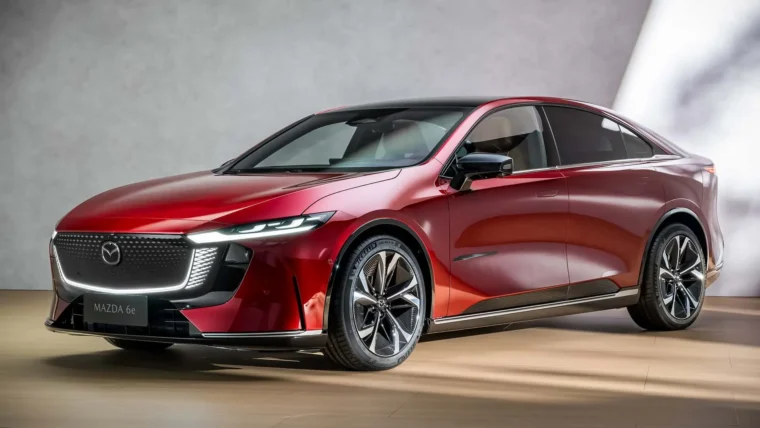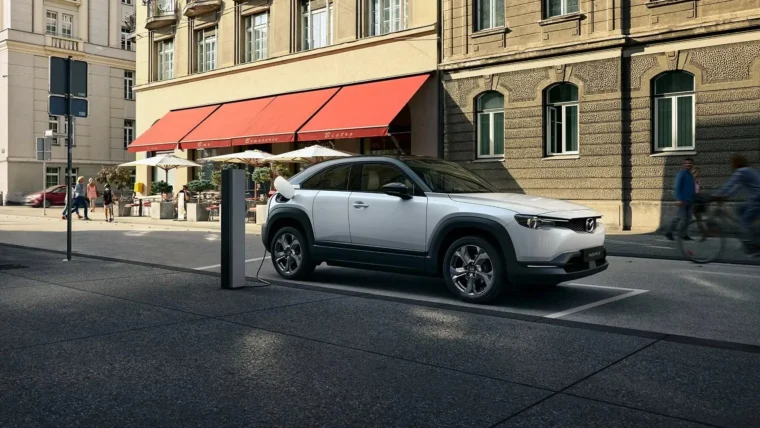Mazda Motor Corporation has developed a bio-based engineering plastic suitable for exterior automobile parts. The new bioplastic will help Mazda decrease its environmental impact. Made from plant-derived materials, it curbs petroleum use and with it CO2 emissions. And since the bioplastic can be dyed and does not require painting, it also reduces emissions of volatile organic compounds. Dying the material gives the parts a deep hue and smooth, mirror-like finish of a higher quality than can be achieved with a traditional painted plastic.
Mazda has been proactively developing biomass technologies for a number of years. Under the Mazda Biotechmaterial name, the company has come up with the automotive industry’s first high strength, heat-resistant and plant-based bioplastic for interior parts as well as the world’s first biofabric for seat upholstery made entirely from plant-derived fibre. To be suitable for exterior parts and the harsh environmental factors to which they are exposed, bioplastics need to be exceptionally weather, scratch and impact resistant.
Mazda has now succeeded in making a material suitable for both interior and exterior parts. It was achieved by optimising the composition of a highly mouldable and durable new bioplastic base material with additives and colouring agents (patent pending), and enhancing moulding specifications. This will enable the company to produce parts that are as durable as conventional painted ABS plastic parts, yet feature a higher-quality finish and the associated design advantages.
This bioplastic will be first used for interior parts on the all-new Mazda MX-5, to be launched in 2015, before finding its way onto exterior components of other production models. Mazda will display prototype Mazda Biotechmaterial parts made from the bioplastic at Eco-Products 2014, an environmental technology exhibit opening tomorrow in Tokyo. The material was developed in conjunction with Mitsubishi Chemical Corporation.
Other posts by AF Newsdesk









